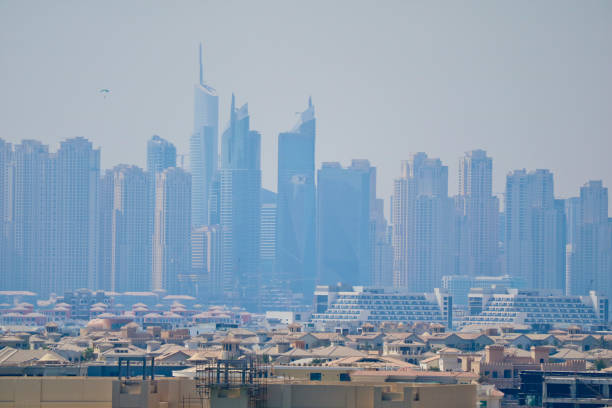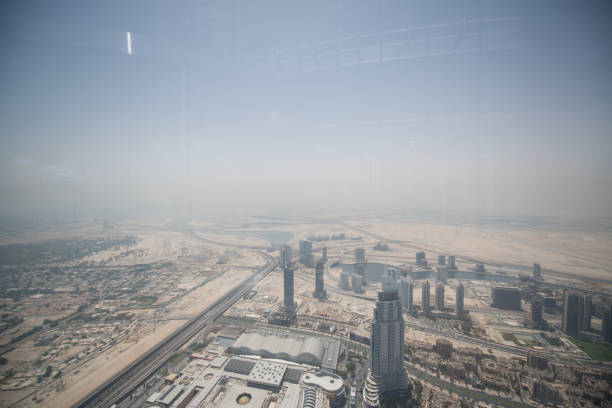The United Arab Emirates is experiencing severe weather, with Dubai facing the worst conditions. The wet-bulb globe temperature, which measures heat stress on the human body, recently hit 96 at the Persian Gulf International Airport and 95 in Dubai, as reported by The Washington Post.

Intense Heat and Humidity in Dubai
Dubai is currently enduring scorching temperatures combined with extreme humidity. The humidity levels have reached between 90 to 95%, creating dangerous conditions for residents. Euro News highlights that such extreme heat and humidity can be deadly, especially when both occur simultaneously. When humidity hits 100%, the human body struggles to cool down as sweat cannot evaporate.
Record-Breaking Temperatures in the UAE
The UAE has recorded some of the highest temperatures in the region. Dubai recently saw temperatures soar to 45 degrees Celsius. Meanwhile, Abu Dhabi recorded an astonishing 61 degrees Celsius, and Oman experienced extreme heat with temperatures reaching 58 degrees Celsius.
Read more:
Understanding Wet-Bulb Globe Temperature
The wet-bulb globe temperature is crucial as it takes into account temperature, humidity, wind, and clouds. Recently, this temperature spiked to 96 at the Persian Gulf International Airport and 95 in Dubai. High dew points have contributed to this alarming increase, indicating extreme humidity levels.
The Urban Heat Island Effect
Dubai’s location near the Tropic of Cancer and the Persian Gulf makes it prone to such dangerous conditions. The city’s urban heat island effect exacerbates the situation. This effect occurs when city surfaces absorb and retain heat, making urban areas significantly warmer than nearby rural regions.
Impact of the Indian Monsoon
Dr. Habib Ahmed, a senior meteorologist at the National Center of Meteorology, explained that the current high humidity in UAE’s coastal areas is due to the Indian monsoon low. This low-pressure system pushes hot, humid air from the southeast over the UAE, particularly affecting the eastern parts of the country.
Rainfall Brings Relief to Al Ain
In contrast to the scorching conditions elsewhere, Al Ain recently experienced heavy rainfall and hail. Dr. Ahmed attributed this to thermal lows caused by intense daytime heating. These thermal low-pressure systems can lead to isolated rain and storms, especially in desert areas.
Stay Safe During the Heatwave
The UAE is facing a challenging period of extreme heat and humidity, with Dubai being the most affected. As temperatures soar and humidity levels rise, the dangers to human health increase. The urban heat island effect and the influence of the Indian monsoon are key factors in the current weather conditions. Residents are advised to take precautions and stay hydrated during this intense heatwave.



